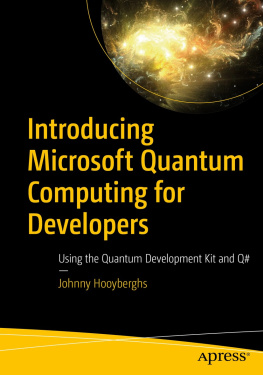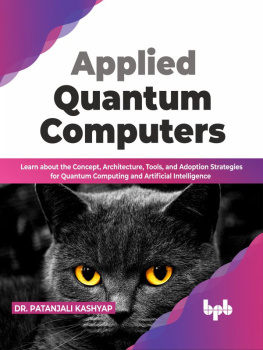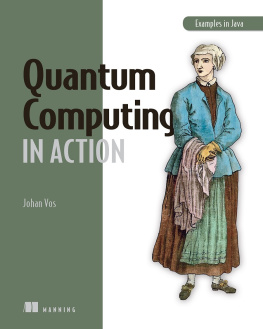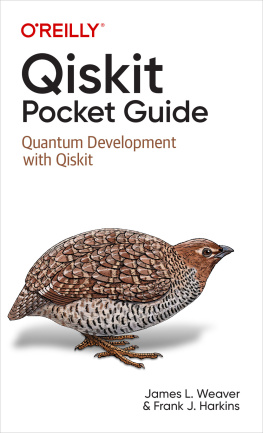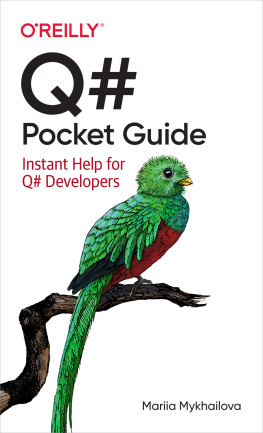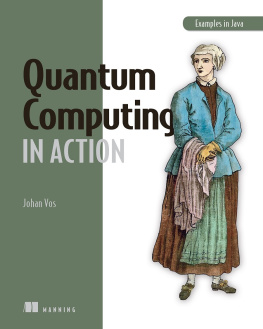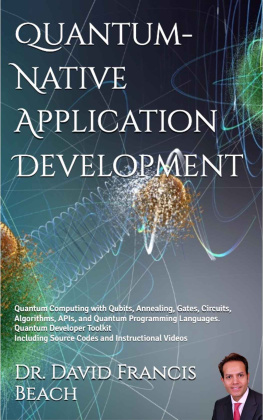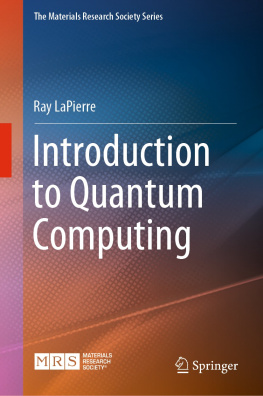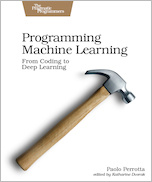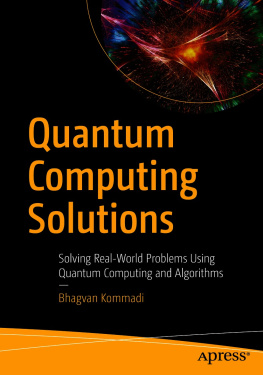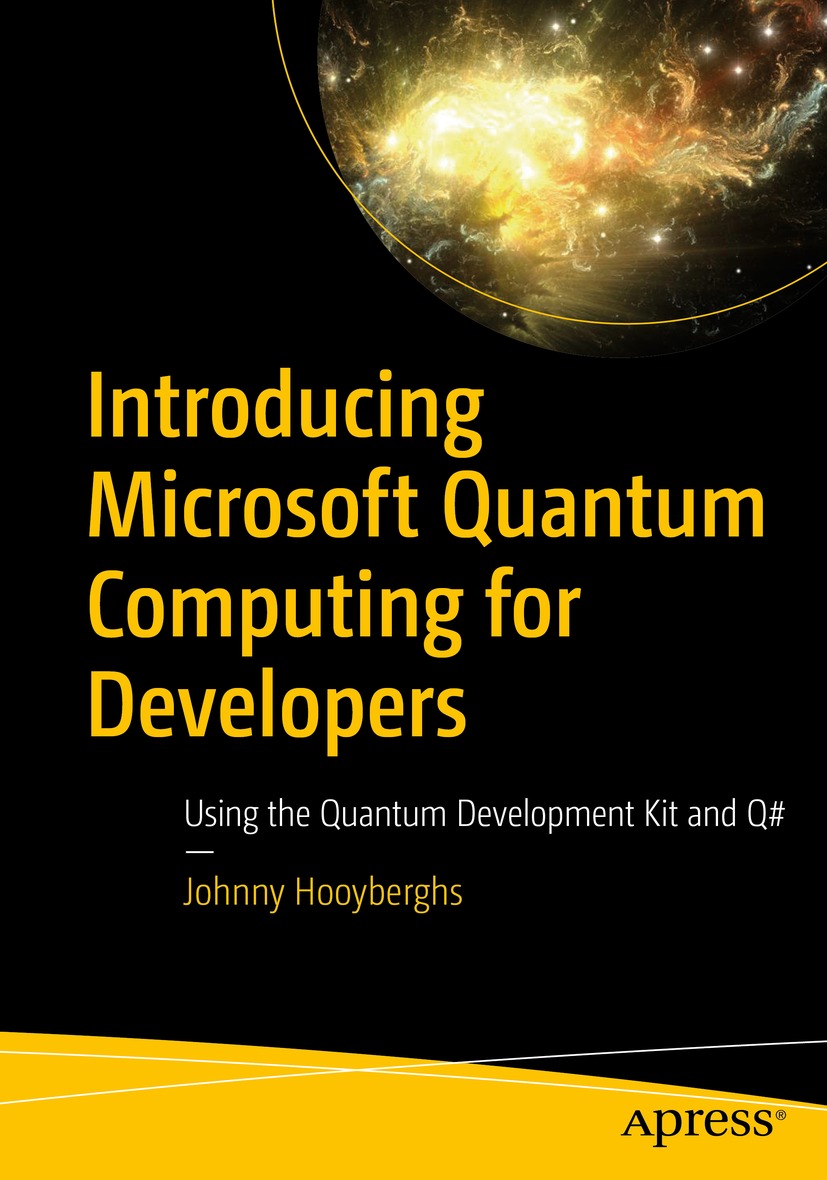Johnny Hooyberghs - Introducing Microsoft Quantum Computing for Developers: Using the Quantum Development Kit and Q#
Here you can read online Johnny Hooyberghs - Introducing Microsoft Quantum Computing for Developers: Using the Quantum Development Kit and Q# full text of the book (entire story) in english for free. Download pdf and epub, get meaning, cover and reviews about this ebook. year: 2021, publisher: Apress, genre: Children. Description of the work, (preface) as well as reviews are available. Best literature library LitArk.com created for fans of good reading and offers a wide selection of genres:
Romance novel
Science fiction
Adventure
Detective
Science
History
Home and family
Prose
Art
Politics
Computer
Non-fiction
Religion
Business
Children
Humor
Choose a favorite category and find really read worthwhile books. Enjoy immersion in the world of imagination, feel the emotions of the characters or learn something new for yourself, make an fascinating discovery.
- Book:Introducing Microsoft Quantum Computing for Developers: Using the Quantum Development Kit and Q#
- Author:
- Publisher:Apress
- Genre:
- Year:2021
- Rating:5 / 5
- Favourites:Add to favourites
- Your mark:
Introducing Microsoft Quantum Computing for Developers: Using the Quantum Development Kit and Q#: summary, description and annotation
We offer to read an annotation, description, summary or preface (depends on what the author of the book "Introducing Microsoft Quantum Computing for Developers: Using the Quantum Development Kit and Q#" wrote himself). If you haven't found the necessary information about the book — write in the comments, we will try to find it.
Dive in with this hands-on introduction to quantum computing with the Microsoft Quantum Development Kit and Q# for software developers.
You may have heard about quantum computing, but what does it mean to you as a software developer? With many new developments, a resurgence in interest, and investment by some of the largest tech companies in the world to be the first to market with quantum programming (QP) hardware and platforms, it is no longer a tool in the distant future. Developers are at the forefront, now able to create applications that take advantage of QP through simulations. While the skill is of interest, for many developers, quantum computing and its implications still remains a mystery.
In this book, you will get up to speed exploring important quantum concepts and apply them in practice through writing actual quantum algorithms, using the Microsoft Quantum Development Kit. Theoretical knowledge about quantum physics, such as superposition and entanglement, will be used to explain quantum computing topics, including quantum gates, quantum circuits, and quantum algorithms. Finally, take a tour of the new Azure Quantum.
Use Q#, Microsofts new programming language, to target quantum hardware. You will select your supporting language of choice, either C# or Python, to begin writing your quantum applications. Combined with just enough theoretical preparation, you will learn how to get your computer ready to simulate basic quantum programs using Microsoft Visual Studio or Visual Studio Code and Q#.
What You Will Learn
- Get up to speed on the platform-independent quantum tool set using the Microsoft Quantum Development Kit simulator and Visual Studio Code or Microsoft Visual Studio Know the basics of quantum mechanics required to start working on quantum computing
- Understand mathematical concepts such as complex numbers, trigonometry, and linear algebra
- Install the Microsoft Quantum Development Kit on a Windows or Linux PC with Visual Studio Code or Microsoft Visual Studio Write quantum algorithms with the Microsoft Quantum Development Kit and Q#, supported by C# or Python
- Discover insights on important existing quantum algorithms such as Deutch, Deutch-Jozsa, and the fun CHSH-game
- Get introduced to quantum as a service using the Microsoft Azure Quantum preview cloud offering
Who This Book Is For
Developers who are interested in quantum computing, specifically those software developers who are planning on using quantum computers in the future. Basic imperative programming knowledge is useful to understand the syntax and structure found in the Q# programming language. Knowledge of Microsoft C# or Python is not required since these languages are only used to support the simulation of Q# on a classical computer.
Johnny Hooyberghs: author's other books
Who wrote Introducing Microsoft Quantum Computing for Developers: Using the Quantum Development Kit and Q#? Find out the surname, the name of the author of the book and a list of all author's works by series.

